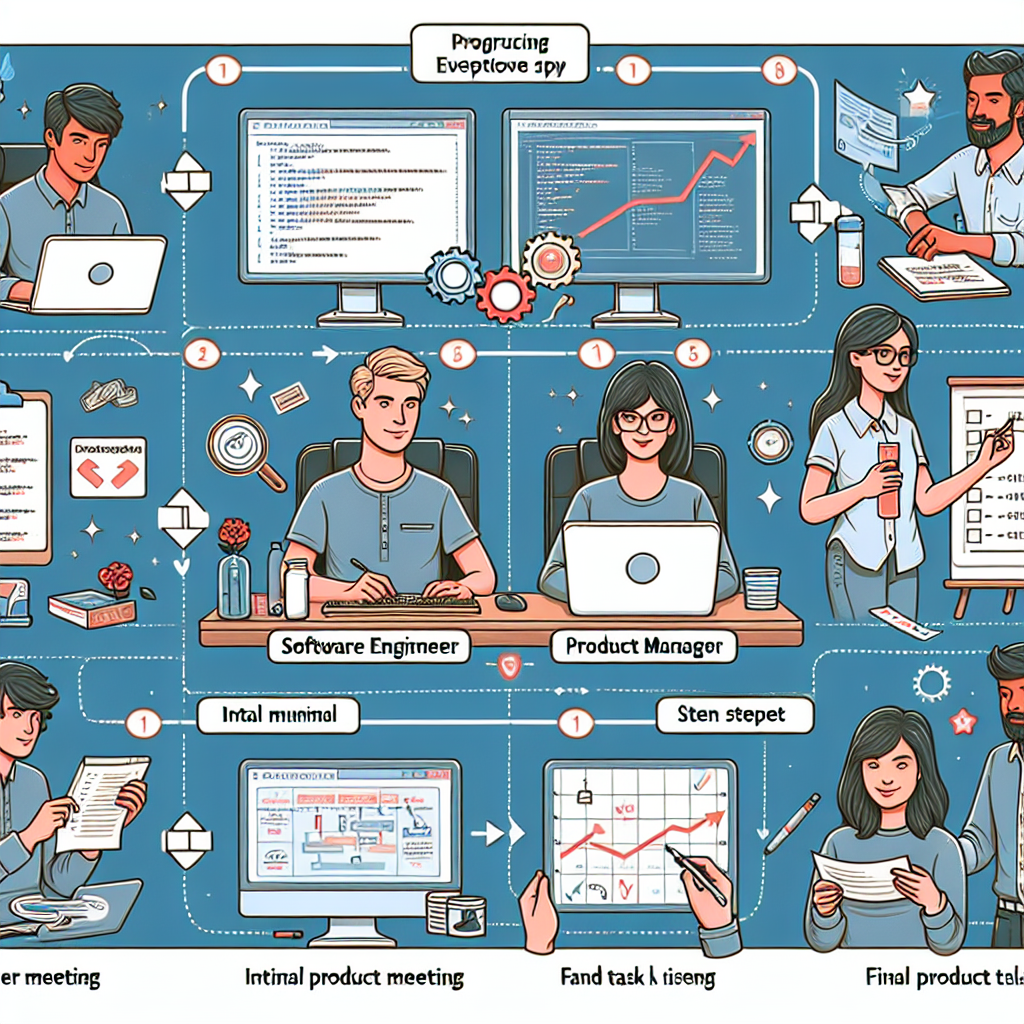
How to Work with a Product Manager as a Software Engineer
Welcome to “Continuous Improvement,” the podcast where we delve into the world of software engineering and explore ways to enhance our skills and improve our professional lives. I’m your host, Victor, and in today’s episode, we’ll be discussing a common challenge faced by software engineers – working effectively with product managers. Whether you’ve had great experiences or not-so-great ones, we’ll explore some practical advice to help you navigate these working relationships. So let’s jump right in!
One of the primary difficulties when working with product managers is the gap in technical understanding. As software engineers, we often face challenges that go beyond what seems apparent to others. It’s frustrating to hear phrases like, “It’s just a simple button. Can’t you finish it quickly?” These comments undermine the complexity of our work and can lead to a lack of mutual respect.
Take, for example, the search button on Google’s homepage. It may seem simple, but it’s not just an ordinary button. From considering different states like hover, click, double-click, to accounting for text localization, accessibility, and various screen widths – it requires meticulous attention to detail. By educating PMs about these complexities with empathy and kindness, we can bridge the gap and foster a more collaborative environment.
Another challenge arises when the roles and responsibilities between engineers and product managers are misunderstood. In hierarchical organizational structures, or when outsourced vendors manage in-house PMs, it’s easy to fall into the belief that PMs are our bosses. However, PMs are accountable for the product, not our direct supervisors. Implementing methodologies like Scrum can help establish boundaries and shape realistic expectations.
When requirements constantly change, it not only disrupts our workflow but also hampers the quality of our code. Non-reusable code, bugs, and technical debt become persistent issues, leading to a stressful work environment. Clear communication and collaboration are key to navigating these challenges successfully.
Lastly, a lack of clear objectives can be a significant hindrance to software engineers. We thrive on tackling challenges and require clear goals to measure our impact and achieve success. When PMs fail to define specific requirements and provide a clear vision, it’s important to approach them constructively and communicate the need for clarity. By highlighting the importance of well-defined objectives, we can create a more productive working environment.
To sum it all up, let me share three recommendations for working effectively with PMs:
- Treat non-technical stakeholders with empathy and kindness while educating them about the technical complexities you face.
- Keep in mind that PMs are not your bosses; foster a collaborative environment and be willing to share credit for successes.
- Stay updated on industry trends and be prepared to construct persuasive arguments when you believe the requirements are flawed.
Remember, software development is a team sport, and effective communication, collaboration, and leadership are vital for success. By embracing these practices, we can enhance our working relationships with product managers and create a more productive and enjoyable work environment.
That’s all for this episode of “Continuous Improvement.” I hope you found these insights helpful in navigating your interactions with product managers. If there’s a specific topic you’d like me to cover in a future episode, feel free to reach out and let me know. Until next time, keep striving for continuous improvement in your software engineering journey!